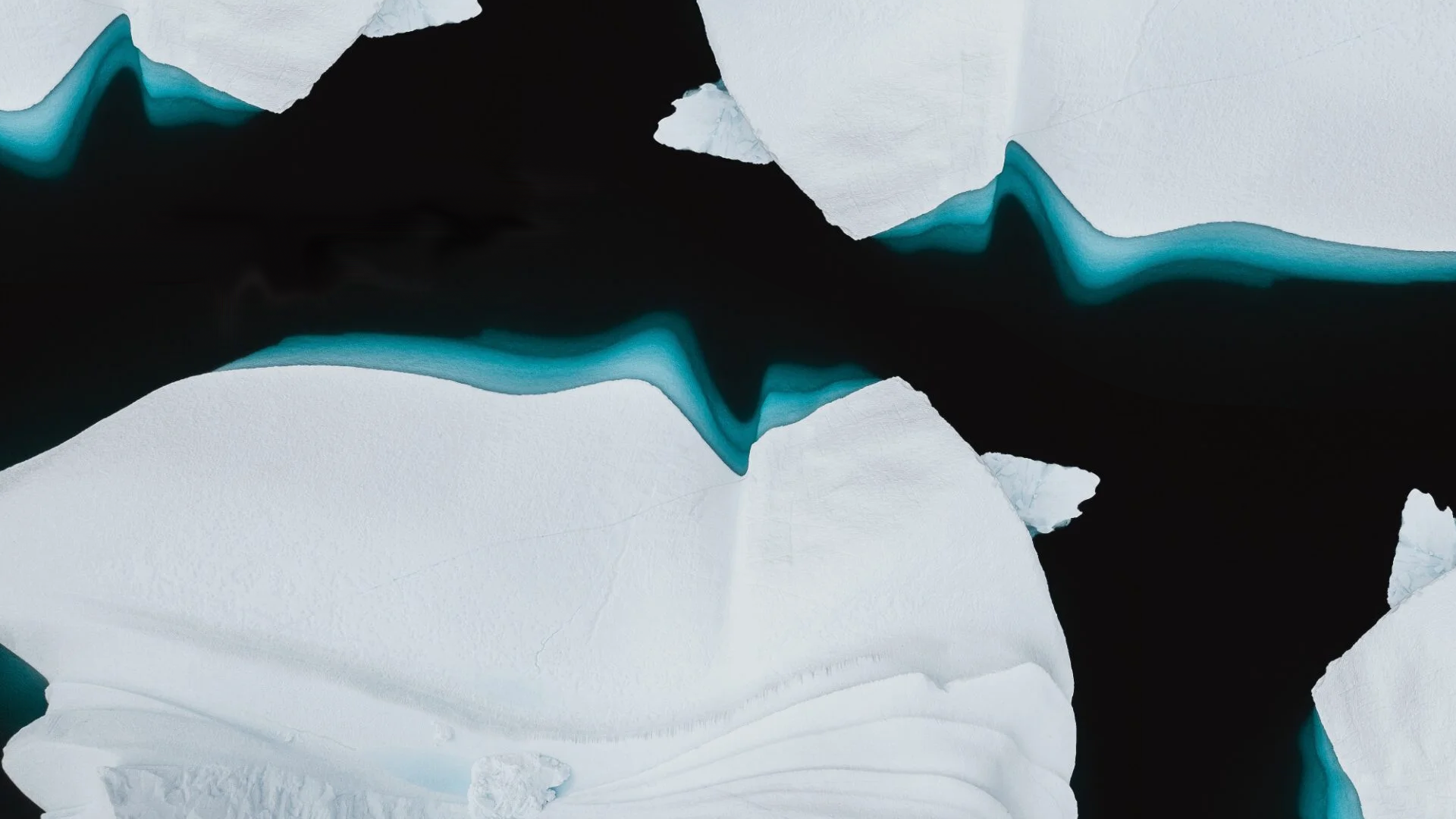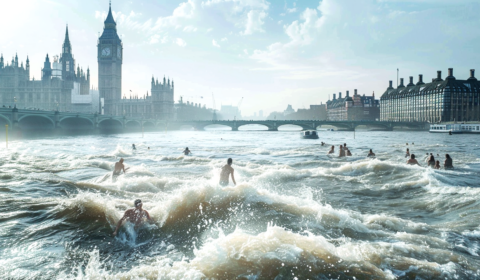The surface of the Arctic Ocean freezes and melts to varying degrees as we move through the seasons each year. But over the last four decades, the far north has been warming four times faster than the global average, giving summer ice less survival time.
During winter, the amount of Arctic ice can be expected to peak in March before it begins declining during warmer summer months. The lowest levels of ice are typically present in September.
The ice that survives until September and into the next winter is called ‘multiyear sea ice.’ This ice is extremely valuable, acting as a cooling buffer that prevents moisture and heat from transferring between the ocean and the atmosphere.
As this ice hangs on through the warmest of summer days, it dramatically reduces the amount of sunlight absorbed by the ocean.
The loss of this ice would accelerate global warming through a process known as positive feedback. It would cause other vital ice sheets – like the one in Greenland – to melt at a quicker rate.
The latest study on Arctic ice has combined current climate models with satellite images, which first started being collected in 1979. Since then, ice levels during the month of September (or levels of multi-year ice) have been seen noticeably decreasing.
According to the researcher’s findings, the total amount of multiyear sea ice has shrunk from 7 million sq km down to 4 million sq km. This amount of ice loss is roughly equivalent to a landmass the size of India.
Scientists are warning that if we see a completely ice-free September before 2030, it will allow for warmer global temperatures in the north, creating a rapid knock-on effect that has consequences for all global ecosystems, including atmospheric circulation, storm patterns, and ocean activity – far sooner than anyone anticipated.
This may sound scary, but scientists commenting on the new research have offered us a dose of climate truth. Speaking to the New York Times, they remind readers that we have already been losing Arctic ice and witnessing the consequences of that for many years already.
What is to come will be the realisation of those impacts on a far worse scale.




















